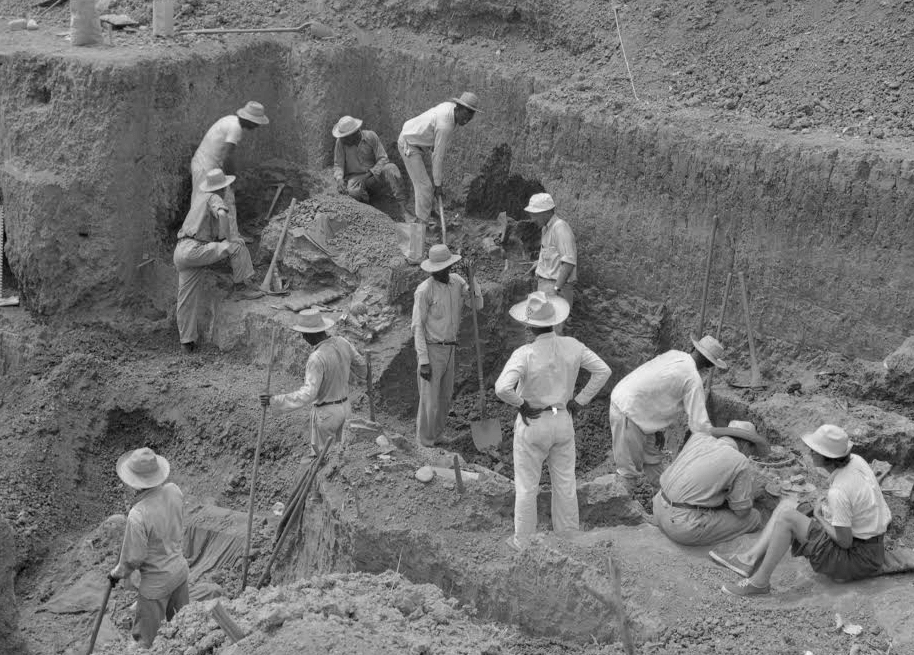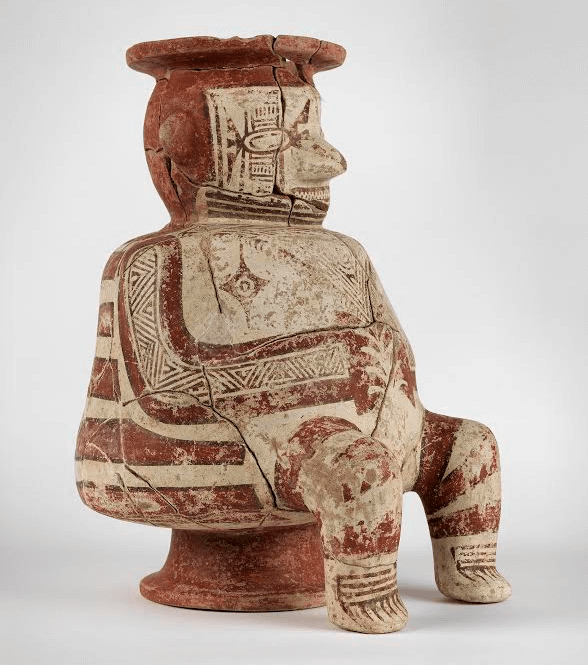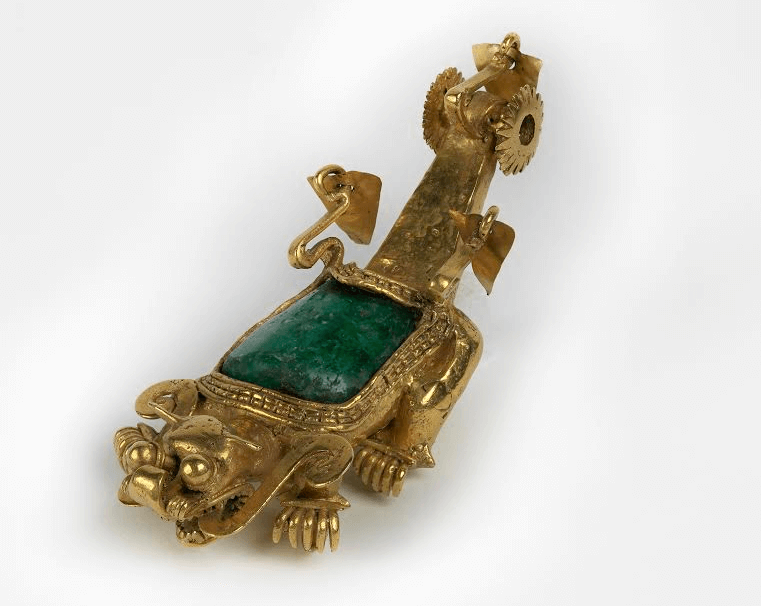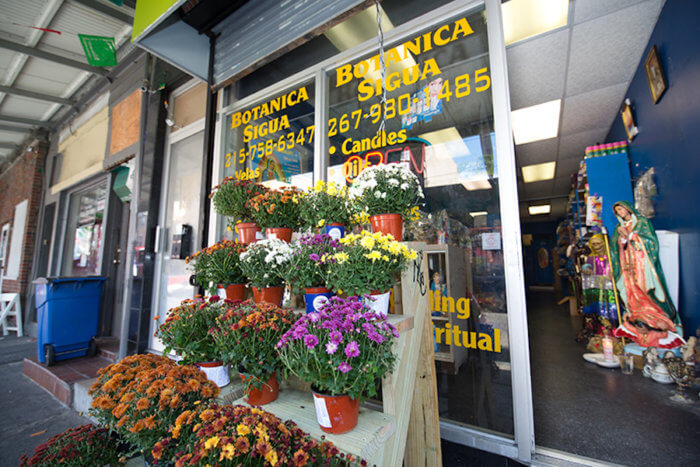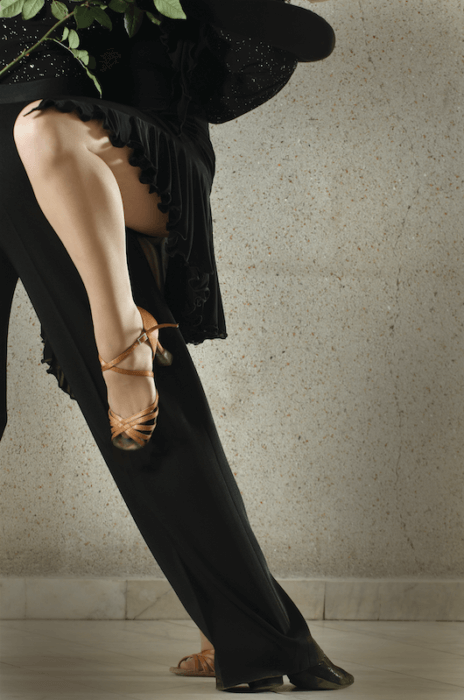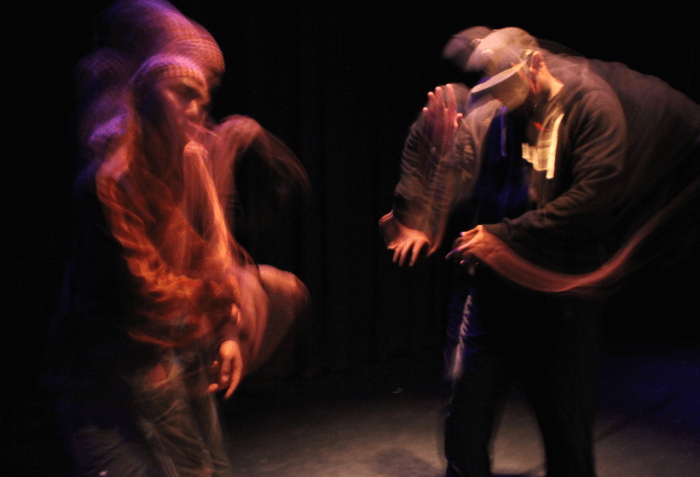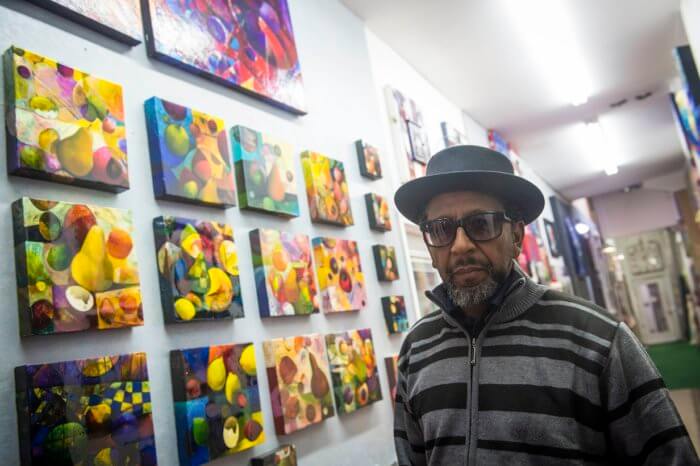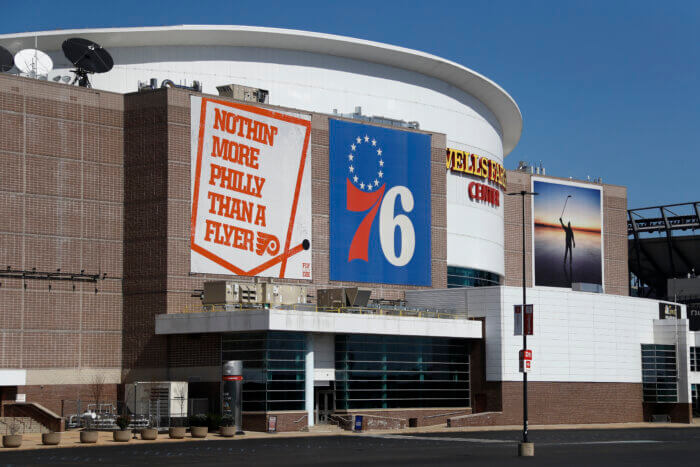The Rio Grande Coclé in Panama flooded in 1927, scattering gold beads along the river’s banks. The flooding revealed the presence of an ancient cemetery that had lain undisturbed for more than a thousand years, hidden from looters who might have ravaged the site in search of gold and artifacts. In the spring of 1940, a Penn Museum team spent three months excavating the site, known as Sitio Conte, located about 100 miles southwest of Panama City.
That excursion and its findings are the subject of Penn Museum’s new exhibit, “Beneath the Surface: Life, Death, & Gold in Ancient Panama.” The show’s visual highlights are undoubtedly the spectacular gold ornaments, plaques and pendants, most decorated with vivid animal-human motifs. But unlike previous exhibitions drawing on this material, “Beneath the Surface” aims to look past the glittering jewels to the people who created it. “This material is really well known in the archaeological world and in public museums, because exhibitions of the gold from this collection have traveled across the world,” said Dan Rahimi, Penn Museum’s executive director of galleries, during a preview. “But the curators of this museum have gone back into that collection and looked deeper at the entire assemblage of this material to develop an exhibition that tells the story of life 1,000 years ago in that part of Panama. It talks about art and religious belief, technology, and daily life, and really begins to get at the fuller understanding of how people lived in the past.” The little-known Coclé people flourished from about 700 to 900 CE but have largely faded from history. “Beneath the Surface” attempts to shed some life on the Coclé culture and their links to the indigenous Panamanian people who populate the region today. Burial sites
The exhibit’s centerpiece is a representation of “Burial 11,” the three-level burial site that yielded the excavation’s most remarkable artifacts. These items are placed in the same positions in which they were found, providing insight into the archaeological process. Georgia Athanasopulos, Consul General of Panama in Philadelphia, quoted a saying from her native country: “The one who looks, finds.” She compared Sitio Conté to Egypt’s famed Valley of the Kings, with one important distinction. “In Egypt, most of the tombs have been opened. Here, they should still be full of surprises.” Beneath the Surface: Life, Death, & Gold in Ancient Panama
Through Nov. 1
Penn Museum
3260 South St.
$15 admission, 215-898-4000



